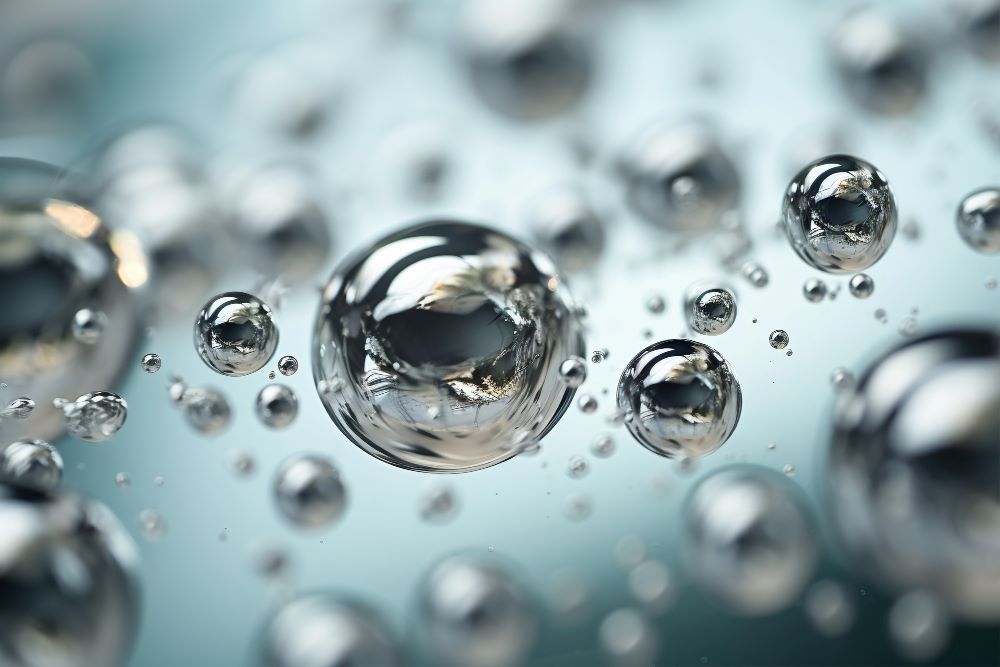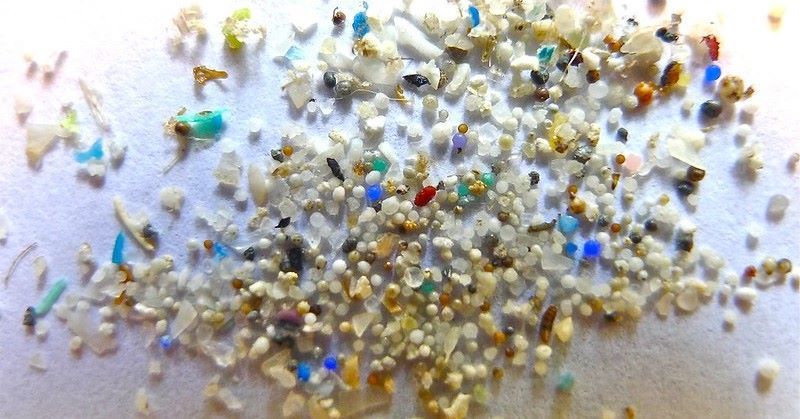Nanoplastics: A Bad Reputation for Nanomodified Plastics
Understanding the crucial difference between the nanoscale modification of polymers and the issue of nanoplastic pollution.

A quick online search for ‘nano’ and ‘plastics’ leads to a rabbit hole of information on the dangers of nanoplastics. True enough, plastic waste breaks down into nanosized particles of plastic which permeate our drinking water, enters the food chain, and pollutes every living creature on Earth with tiny pieces of decomposing plastic.
Nanomodified plastics are, however, a completely different topic, as they provide a way for nanotechnology to improve plastics which actually reduces pollution by creating products which use less fossil fuels, which require less plastic for the same task, and which last longer – reducing the need to throw away and remake.

The confusion originates from a public misunderstanding of nanotechnology in plastics. Many products and the packaging they are delivered in are made from conventional plastics which at the end of their lifespan (if not recycled) mostly end up in landfill. From there the plastic decomposes into polymer particles which are so small as to be invisible to the naked eye.
However, plastics manufacturers are now taking advantage of nanotechnology to modify their polymers at the atomic scale to provide numerous benefits, such as extra mechanical strength, increased durability, scratch resistance, or protection against chemical corrosion.
One of the key improvements – durability, gives a polymer a longer lifespan, meaning that it will need to be replaced less frequently, reducing fossil fuel consumption and lowering plastic pollution. Alternatively, nanomaterial additives included during manufacture provide added strength, meaning that less plastic is required in the product. This reduces both plastic pollution and input costs.
An additional benefit in using less plastic through the inclusion of nanomaterial additives is that the plastic can become lighter, which can reduce fuel consumption - an important environmental and cost benefit, particularly when manufacturing composites for the automobile and aviation sectors.

Furthermore, modifying polymers at the nanoscale can provide other advantages and unique selling points. For example, polycarbonate sheeting can be given UV protection, other polymers can be provided with electrical or thermal conductivity, polyester resin can be given electromagnetic properties, or PVC can have increased resistance to the effects of heat and light.
These benefits can be provided through either off-the-shelf products, such as a concentrated additive for epoxy resins made from a mixture of bisphenol A/F epoxy resin and 0,5 wt.% carbon nanomaterials. Due to this low weighting of nanomaterial, the epoxy resin does not lose any of its favourable, inherent properties, yet it can gain electrical conductivity, electromagnetic properties, thermal conductivity, abrasion and chemical resistance, as well as added mechanical strength.
Related articles: Nanomaterials Used to Reinforce Thermoset Plastics or Bulk Industrial Ingredients vs Nanoscale Feedstocks
While it's a common perception that nanomaterials are prohibitively expensive, the reality is more nuanced. Nanomaterials, which are defined as materials with at least one dimension measuring less than 100 nanometres (where a human hair has a thickness of at least 10,000 nanometres), do tend to carry higher price tags compared to their larger-scale counterparts. This is largely due to the specialized manufacturing processes and advanced technology required to produce materials at the nanoscale.
However, because of their high efficiency, very little nanomaterial is needed to make an impact on a polymer. As previously stated, as little as 0,5% weight by volume can provide great benefits and may allow for the removal of a significant amount of bulk material. This means that input costs can actually be reduced through the inclusion of ‘expensive’ nanomaterials.

While the nanoscale modification of polymers and the issue of nanoplastics pollution may seem similar at first glance, it's crucial to understand the key distinctions between the two.
The nanoscale modification of polymers refers to the deliberate engineering and manipulation of materials at the nanoscale, often to impart enhanced properties or functionalities. This is a highly controlled process undertaken by scientists and engineers for specific applications, such as composites, improved coatings, or even just plastic packaging with unique-selling-points.
In contrast, nanoplastics are unintentionally formed microscopic plastic particles that have broken down from larger plastic waste, often ending up polluting the environment.
One is an environmental contaminant that humankind is working to remove. The other is a carefully designed science with numerous benefits for us all.
To learn more about how nanotechnology can improve manufactured goods, either through off-the-shelf nanomaterial additives or with a bespoke formula, visit POLYMER NANO CENTRUM.
POLYMER NANO CENTRUM, which sponsors this webpage, has laboratory spaces specifically designed and built for studying how nanotechnology can improve polymer functionality in the manufacturing sector. Their nanomaterial experts work hard to create a new generation of nanostructured polymers and end products whose previously unattainable properties will become the standard for consumer expectation.
The state-of-the-art equipment at the nano centre is used to advance research and development in the field of polymers at the nanoscale. The technologies that we acquire are then used to develop materials with specific characteristics including the production of test samples.
Visit NANO POLYMER CENTRUM to discover more about how their expertise can help your products.
Photo credit: Freepik, Flickr, Freepik, D Koi on Unsplash, & POLYMER NANO CENTRUM

